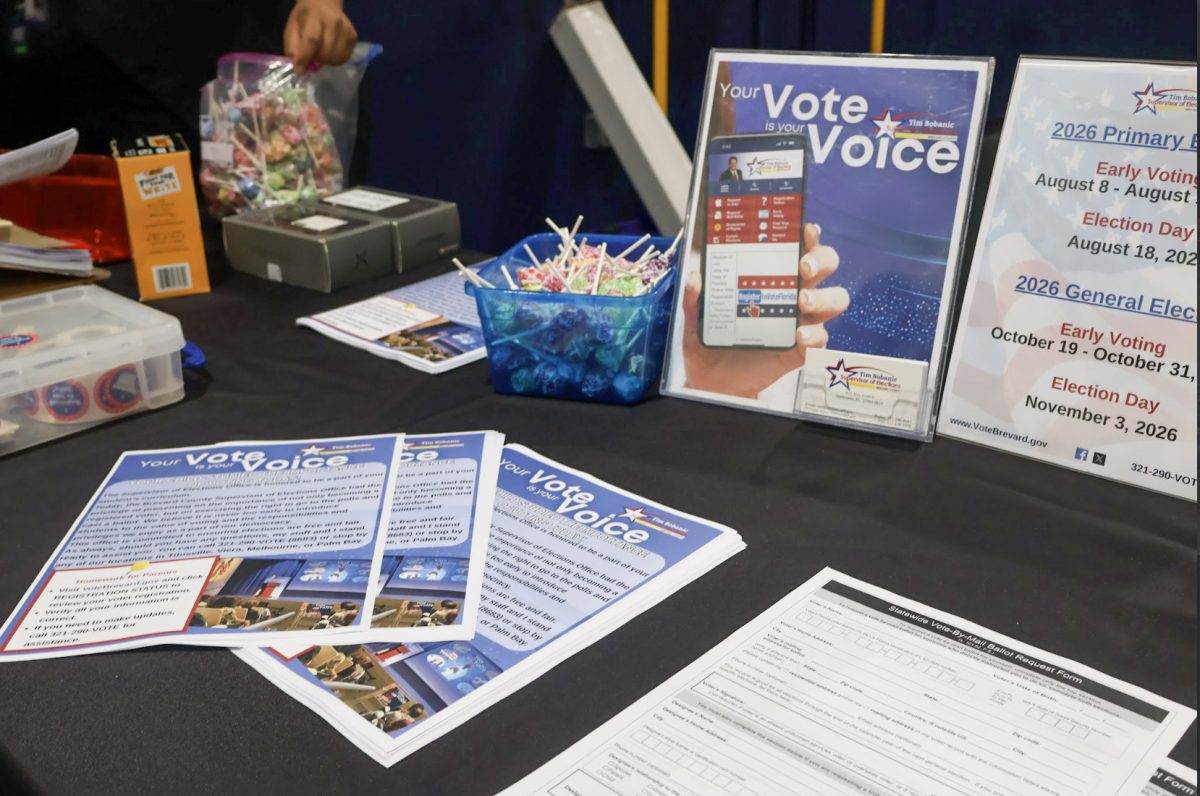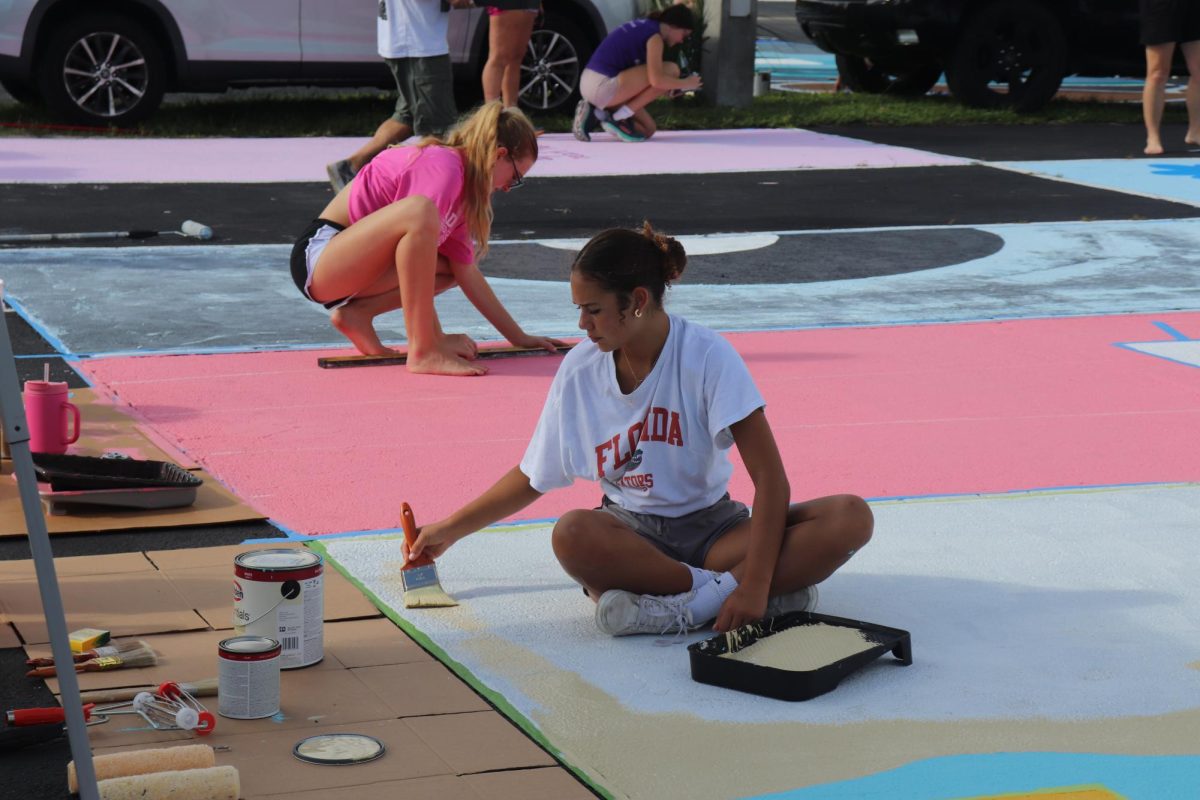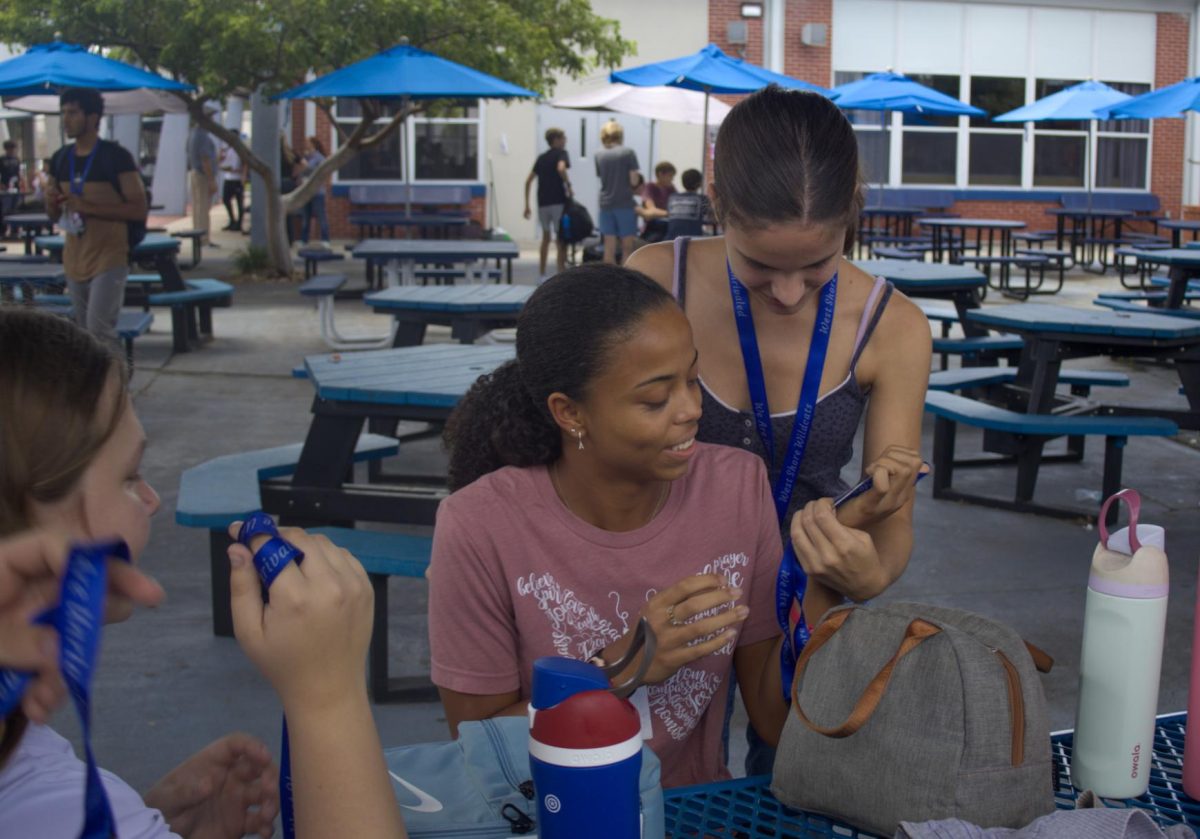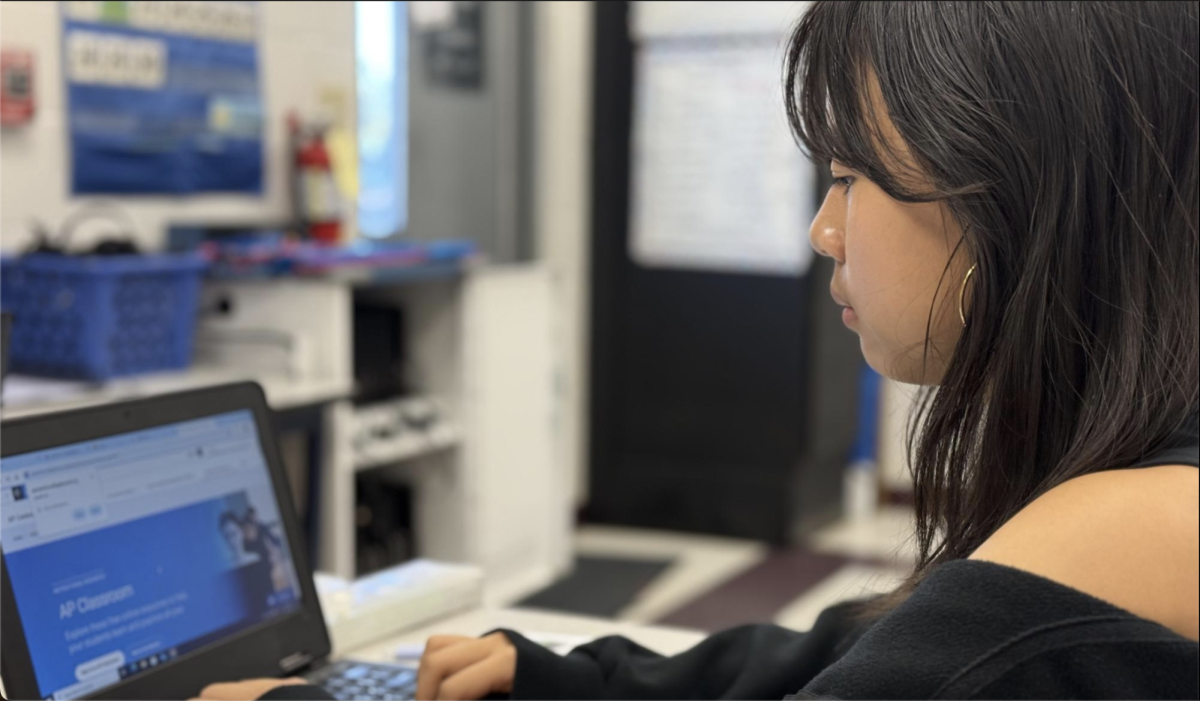Restrooms Shouldn’t be Hangout Spots
March 27, 2023
As students and staff flush the lidless toilets in West Shore’s restrooms, particles containing water, urine, feces, and harmful pathogens spew forth from the bowl at speeds up to 6.6 feet per second (Smithsonian Magazine). People lingering in the bathrooms face increased risk of exposure to airborne diseases with each flush of the toilet, as fecal matter carrying the pathogens is expelled from the bowl in plumes. Larger droplets can land on surfaces and spread viruses through contact.
Aside from transmitting viruses, bathrooms can lead to the spread of private conversations. Stalls hide the identities of the other people using the restroom, and discussing personal matters in front of an unknown audience allows the others in the room to do what they will with the information they overhear. Harmful gossip that was never intended to leave those walls can then be carried beyond the bathroom doors. Hearing the details about one’s personal life is also disruptive for the other people in the bathroom who are there for its intended purpose. Using a school restroom is often an uncomfortable experience, even without people holding private conversations there.
Eating in the bathroom also raises a health concern. While students may decide to eat lunch in bathrooms, as they are relatively quiet compared to the cafeteria, airborne contaminants can land on food, providing germs a direct vessel into the consumer’s body. Finding spaces to eat that are designed for extended periods of stay provides a more sanitary environment for students than a room designed for the release of bodily waste.
Additionally, activities like recording videos or taking pictures in school bathrooms make other people uneasy and pose a health risk. Students and teachers may feel uncomfortable about being caught on camera in the bathroom, especially with the gaps between stalls compromising privacy. Using a phone in the restroom also allows airborne particles to land on the device, which the user will likely continue to touch throughout the day and then touch other surfaces. The contact transfers germs, which can spread to other people.
Furthermore, large groups lingering in bathrooms occupy space in an already-cramped area. The toilets and sinks leave little room for people who are not using the amenities, and additional occupants filling the bathrooms, which average 185 square feet, makes the room feel even smaller. Rather than crowding in the bathrooms, students can spend their time conversing or relaxing in places meant for those activities, such as the pavilion, the cafeteria, or their favorite teacher’s classroom.
By finding places other than the bathroom to spend their time, students can limit their exposure to unsanitary particles in the air and help others to have a more comfortable restroom experience.

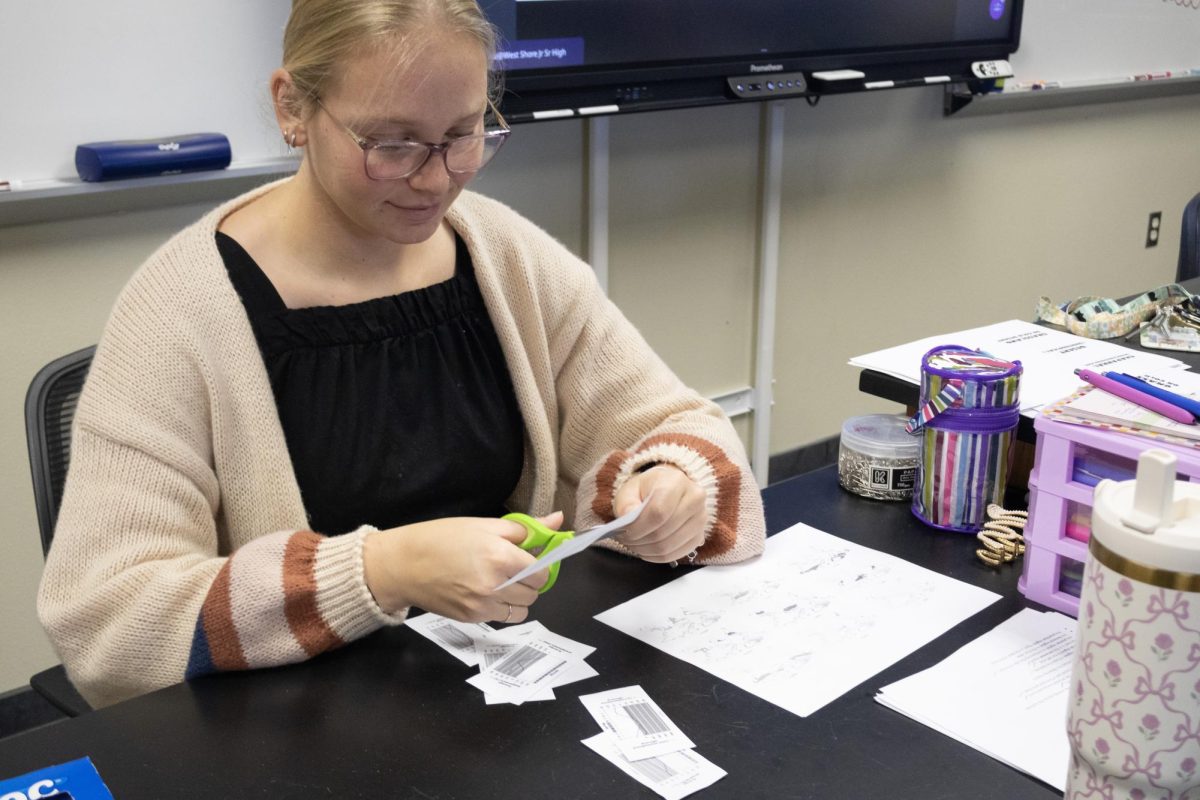
![Sophomore Isabelle Gaudry walks through the metal detector, monitored by School Resource Officer Valerie Butler, on Aug. 13. “I think [the students have] been adjusting really well," Butler said. "We've had no issues, no snafus. Everything's been running smoothly, and we've been getting kids to class on time.”](https://westshoreroar.com/wp-content/uploads/2025/08/IMG_9979-1200x800.jpg)



















